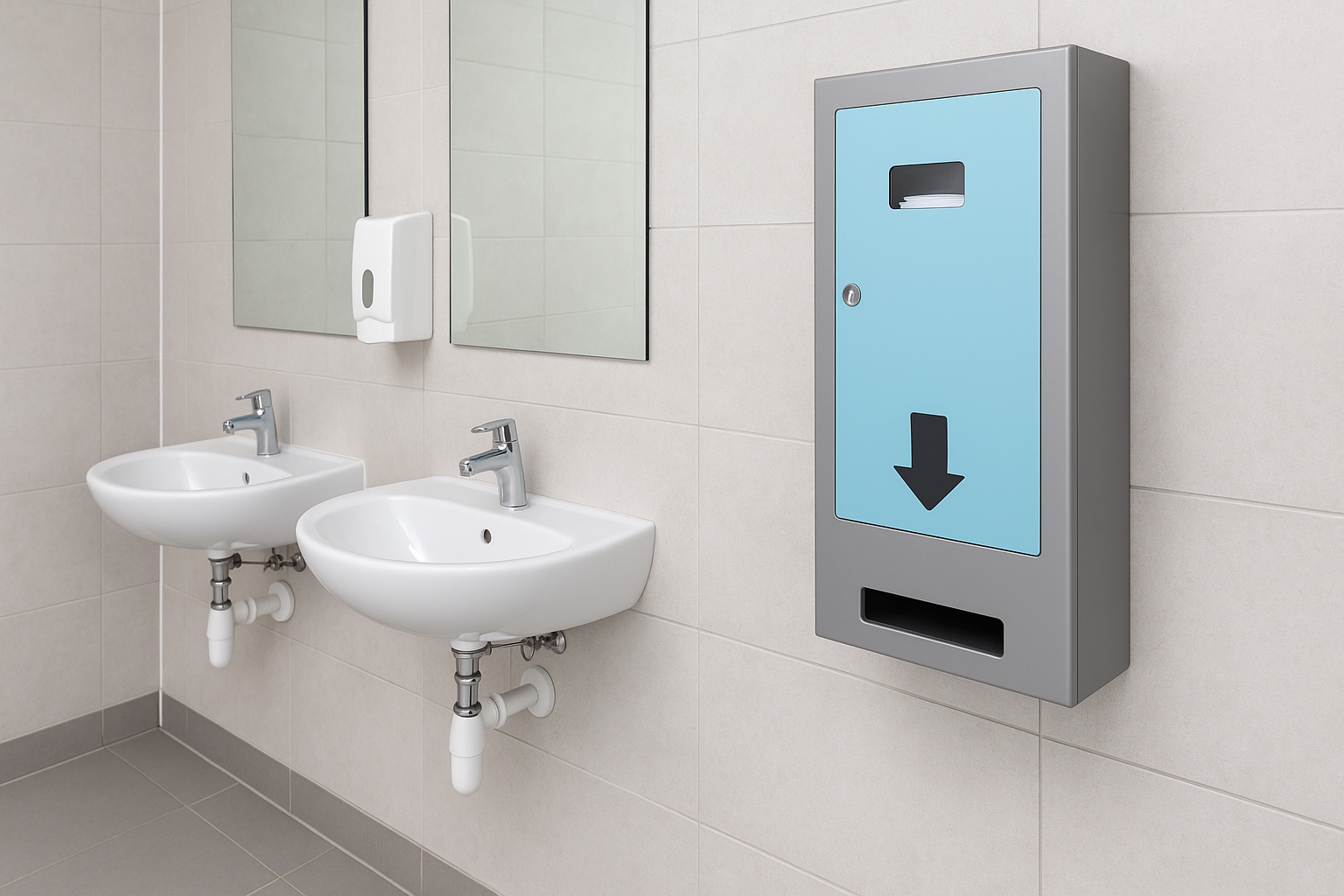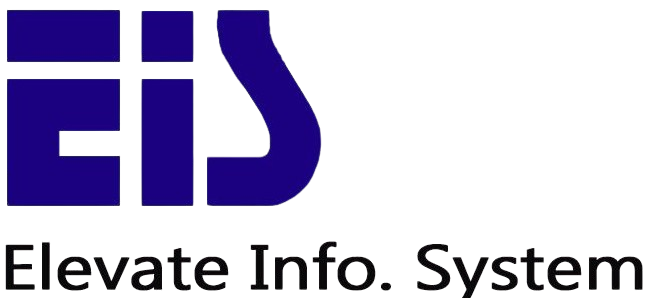
5 Key Features to Look For When Choosing an Automatic Sanitary Napkin Vending Machine
In a world where menstrual hygiene and accessibility are finally getting the attention they deserve, automatic sanitary napkin vending machines have become a quiet yet powerful innovation. From schools and offices to hospitals and public spaces, these machines are transforming how women access menstrual products — with dignity, privacy, and convenience.
But here’s the thing: not all vending machines are built the same. The right one should be more than just a dispenser — it should combine reliability, hygiene, technology, and design to meet real-world needs.
At EIS Vending India, we’ve seen first-hand how small design choices can make a big difference in usability and impact. Whether you’re a school administrator, corporate facility manager, or health NGO, here are the five key features you must look for when choosing an automatic sanitary napkin vending machine.
1. A User-Friendly and Hygienic Design
The first thing you should look for in a vending machine is ease of use. The purpose of installing one is to make menstrual products instantly accessible — especially during emergencies. If the machine is complicated, unclear, or unhygienic, it defeats the purpose.
A good vending machine should have:
- Simple, one-touch operation (button or sensor-based).
- Clear visual instructions for first-time users.
- Contactless dispensing or minimal touchpoints for hygiene.
- Easy loading system so staff can refill pads quickly without errors.
In schools, especially, younger girls might be shy or nervous when using the machine for the first time. A design that feels intuitive, clean, and safe helps them use it confidently without asking for assistance.
Also, check if the machine has an anti-jam mechanism — you don’t want the dispenser to get stuck mid-use, especially in public areas.
2. Reliable Power and Battery Backup Options
India’s diverse infrastructure means not every location has uninterrupted power. That’s why it’s essential to choose a machine that works efficiently during power cuts.
Look for models that come with:
- Built-in battery backup or dual power supply (AC + DC).
- Low power consumption for energy efficiency.
- Optional solar-powered configurations for rural or remote areas.
EIS Vending India’s range of vending machines, for example, are designed to work smoothly in both urban and rural settings — ensuring consistent service even in places where power reliability is an issue.
This feature isn’t just convenient; it’s critical for uninterrupted access in schools, government offices, and community centers.
3. Smart Capacity and Storage Flexibility
The ideal vending machine should balance capacity with convenience. Too small, and it needs constant refilling; too large, and it becomes bulky and space-consuming.
Consider how many users your facility serves daily. For instance:
- Small schools or offices: 25–50 pad capacity is usually enough.
- Hospitals, colleges, or corporate campuses: 100–200 pad capacity models are more practical.
Also, the machine should allow easy adjustment for different napkin sizes and brands. Some low-end models only fit one specific type of pad, which limits flexibility. Choose a vending unit that can accommodate multiple pad brands and thicknesses, giving users real choice.
A transparent front window can also help supervisors monitor stock levels without opening the machine — saving time and preventing shortages.
4. Secure, Flexible Payment and Access System
While many organizations prefer to offer sanitary pads free of cost, some choose a token-based or coin-based system to manage supply. Others, especially in urban offices or malls, opt for digital or contactless payments.
The best automatic sanitary napkin vending machines support multiple options, including:
- Free dispensing (for schools, government programs, or CSR projects).
- Coin-based systems (₹1, ₹2, or ₹5 coins).
- Smart card or RFID systems for controlled access.
- UPI or QR-based digital payments for modern users.
Having flexibility in payment and access modes ensures the machine fits your environment — whether you’re installing it in a metro hospital or a rural school.
Security also matters. Machines should have lockable compartments to prevent tampering, theft, or misuse. A sturdy body made of powder-coated metal or stainless steel not only adds durability but also keeps hygiene in check.
5. Maintenance, Warranty, and After-Sales Support
Even the best machine will eventually need servicing or refilling. The difference lies in how easy that process is. Before purchasing, ask about warranty coverage, service availability, and maintenance support.
A reliable manufacturer like EIS Vending India should offer:
- Nationwide after-sales support with quick turnaround times.
- Spare parts availability for long-term maintenance.
- Comprehensive warranty on both machine and electronic components.
- On-site installation and training for staff or facility teams.
Avoid suppliers who only sell machines but don’t provide technical backup. Consistent support ensures your investment actually serves its purpose — providing continuous access to sanitary products without frequent breakdowns.
Bonus: Integration with Incinerator Units
If you really want to promote menstrual hygiene and environmental care, consider pairing your vending machine with a sanitary napkin incinerator.
This combination allows users to dispose of used pads hygienically and safely, reducing odor, infection risks, and environmental waste. Many institutions across India — especially schools and offices — are now adopting the “vending + disposal combo” model as part of their menstrual hygiene management program.
EIS Vending India offers integrated vending and disposal systems, designed specifically for sustainable operations in Indian conditions.
Final Thoughts: Empowerment Through Access
An automatic sanitary napkin vending machine is much more than a convenience — it’s a tool of empowerment. It represents dignity, privacy, and awareness for women and girls in schools, workplaces, and public spaces.
When you’re choosing one, focus on usability, durability, power options, and service support — not just the price. A well-built machine doesn’t just last longer; it also serves people more reliably.
At EIS Vending India, we believe menstrual hygiene should be effortless and accessible everywhere — from a college campus in Delhi to a government office in a small town. And it starts with the right machine designed for real needs.
Because sometimes, a small piece of technology can create a big step toward equality.
